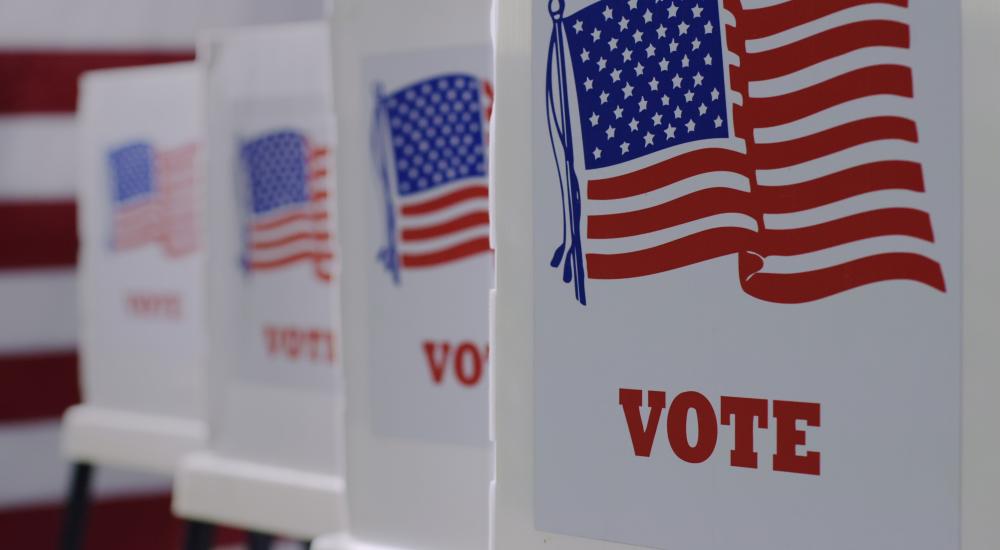Navigating the Enrollment Decline Hinges on Student Success

Fresh off the COVID-19 pandemic that upended higher education, our sector now faces another imminent challenge: the demographic cliff. Predicted for years, this sharp drop in the U.S. college-aged population is set to hit as early as 2025.
This scenario isn't unique to the United States. As you’ll read in the feature story by Anna Esaki-Smith, Europe and East Asia are grappling with similar trends. Japan and Spain are having success in increasing their international student enrollment to counteract the shrinking pool of domestic students. Yet, as I argue in that piece, relying on international students solely as a financial resource—a common practice—will not suffice.
International students and their families are increasingly more informed about the options and choices available and are seeking diverse destinations to meet their aspirations and ambitions. To thrive in this new era, institutions must embrace a student success model that focuses on the holistic experience of international students and actively put in place strategies and investments that enable their long-term success. In other words, institutions must now compete on the basis of student success outcomes, the quality of the educational experience they offer, and post-graduation pathway options in destination and home countries.
To thrive in this new era, institutions must embrace a student success model that focuses on the holistic experience of international students and actively put in place strategies and investments that enable their long-term success.
In my time working closely with students in the international office at American University, I saw firsthand the value of basing a student success model on three guiding principles: inclusivity, infrastructure, and innovation.
- Inclusivity: International enrollment management must extend beyond traditional source countries and be intentional about attracting students from a wider range of countries. This means reducing barriers to entry, including improved support during the application process and enhanced outreach to students from underrepresented regions like Africa and Southeast Asia. Government certainly has a role to play, as the agenda of the U.S. for Success Coalition makes clear.
- Infrastructure: Universities need to strengthen the infrastructure supporting international students, ranging from academic advising, mental health services, career counseling and post-graduation job placement Additionally, institutions must improve affordability by offering more scholarships and financial aid options. These are necessary investments to ensure institutions see the return on that investment in the form of increased enrollment of qualified international students.
- Innovation: Higher education must embrace innovation to meet the needs of a global student body. This involves continuing to develop more flexible learning models, accelerated programs and degrees to shorten the length of studies, among others. Institutions should also consider forging global partnerships with employers to enhance the value of degrees and provide students with robust pathways to success both during and after their studies.
Adopting these practices will ensure that international students are not seen as “cash cows” to counteract an enrollment crisis but rather dynamic individuals with unique aspirations that are collectively, key to the future vitality and health of global higher education, research, and innovation. By shifting the focus from short-term financial gain to long-term student success, universities and nation states can cultivate a diverse, talented, and engaged global student population that benefits not only the institution but also the broader society. The time for this paradigm shift is now. I applaud the many institutions that are already on this journey. For those who’ve not yet made the leap, your association and your peers in the international education community are here to take that leap with you. •
About International Educator
International Educator is NAFSA’s flagship publication and has been published continually since 1990. As a record of the association and the field of international education, IE includes articles on a variety of topics, trends, and issues facing NAFSA members and their work.
From in-depth features to interviews with thought leaders and columns tailored to NAFSA’s knowledge communities, IE provides must-read context and analysis to those working around the globe to advance international education and exchange.
About NAFSA
NAFSA: Association of International Educators is the world's largest nonprofit association dedicated to international education and exchange. NAFSA serves the needs of more than 10,000 members and international educators worldwide at more than 3,500 institutions, in over 150 countries.
NAFSA membership provides you with unmatched access to best-in-class programs, critical updates, and resources to professionalize your practice. Members gain unrivaled opportunities to partner with experienced international education leaders.














